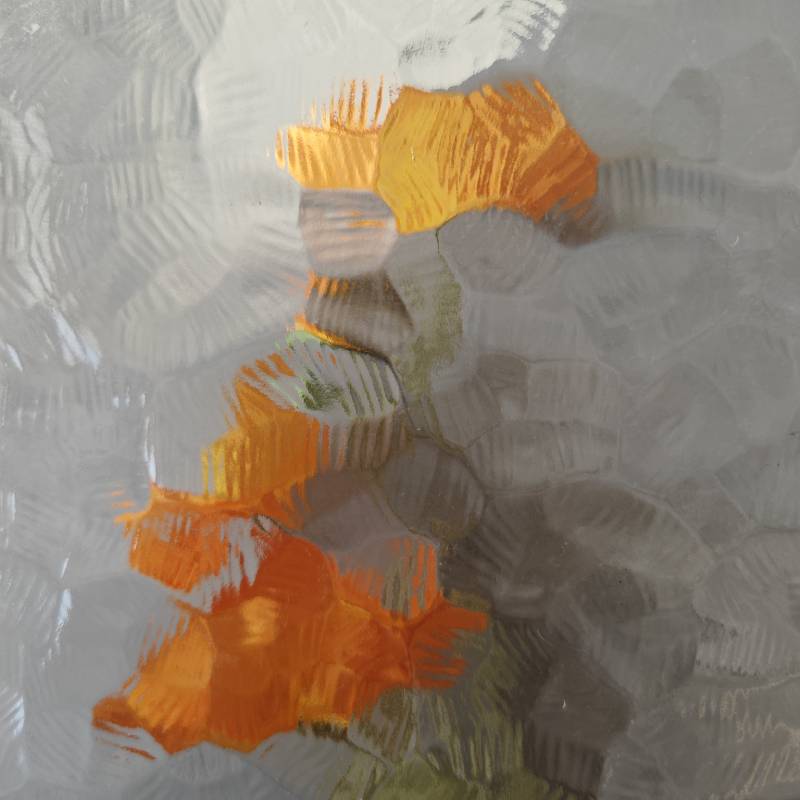

Understanding Low-E Glass Manufacturers
Low-E (low emissivity) glass has revolutionized the way we think about energy efficiency in buildings. As concerns about energy consumption and climate change continue to grow, the demand for low-E glass has surged, leading to the emergence of numerous manufacturers specializing in this innovative product. This article explores what low-E glass is, its benefits, and an overview of key manufacturers in the industry.
What is Low-E Glass?
Low-E glass is a type of glazing that has a special metallic coating designed to reflect infrared energy while allowing visible light to pass through. This coating minimizes the amount of ultraviolet and infrared light that enters a building, thereby reducing heat gain in warmer climates and heat loss in cooler climates. As a result, low-E glass contributes significantly to energy efficiency, helping to lower heating and cooling costs while maintaining comfortable indoor temperatures.
Benefits of Low-E Glass
1. Energy Efficiency The primary benefit of low-E glass lies in its ability to improve a building’s energy efficiency. Studies show that using low-E glass can reduce energy consumption by up to 30% to 50%, depending on the climate and building design. This efficiency not only contributes to lower utility bills but also reduces the environmental impact of energy production.
2. Comfort Low-E glass enhances indoor comfort by maintaining consistent temperatures throughout the space. It reduces cold drafts in winter and prevents overheating in summer, making it ideal for residential and commercial applications.
3. UV Protection While providing natural light, low-E glass filters out harmful UV rays that can fade furnishings, artwork, and flooring materials. This UV-blocking capability prolongs the lifespan of interior components, reducing replacement costs over time.
4. Condensation Control The thermal performance of low-E glass can help reduce condensation on windows, limiting the potential for mold growth and improving indoor air quality.
5. Aesthetic Appeal Manufacturers of low-E glass offer various designs and finishes, allowing architects and designers to select products that complement their building aesthetics while enhancing performance.

Key Low-E Glass Manufacturers
Several manufacturers have become leaders in the production of low-E glass, each contributing unique products and technologies to the market. Below is a brief overview of some notable companies
1. Guardian Glass Known for its wide selection of architectural and residential glass products, Guardian Glass offers various low-E glass solutions that cater to different climate conditions. Their products are characterized by high performance and excellent optical clarity.
2. Saint-Gobain As a global leader in sustainable construction, Saint-Gobain provides a range of energy-efficient glass solutions, including low-E glass. The company emphasizes innovation and sustainability in their product development, focusing on reducing carbon footprints.
3. Pilkington Pilkington, part of the NSG Group, is a pioneer in glass technology. Their K Glass and Optiwhite products feature advanced low-E coatings that improve insulation and energy efficiency while maintaining high light transmission rates.
4. Cardinal IG Cardinal IG specializes in insulated glass units (IGUs) that frequently incorporate low-E glass. Their wide array of products is designed to meet the diverse needs of residential and commercial markets, highlighting durability and efficiency.
5. Glass Technologies This company focuses on customizing glass solutions, including low-E coatings for specific applications. They cater to the needs of architects and builders looking for tailored solutions that balance performance and design.
Conclusion
The growing focus on sustainability and energy efficiency has elevated the importance of low-E glass in modern architecture. With numerous manufacturers producing innovative solutions, builders and consumers alike can benefit from the advantages offered by low-E glass. As the industry continues to evolve, it is likely that advancements in technology will further enhance the performance and affordability of low-E glass products, contributing to a more energy-efficient future for buildings worldwide. In essence, low-E glass is not just a product; it is a step toward a more sustainable built environment, making it a smart choice for any construction project.